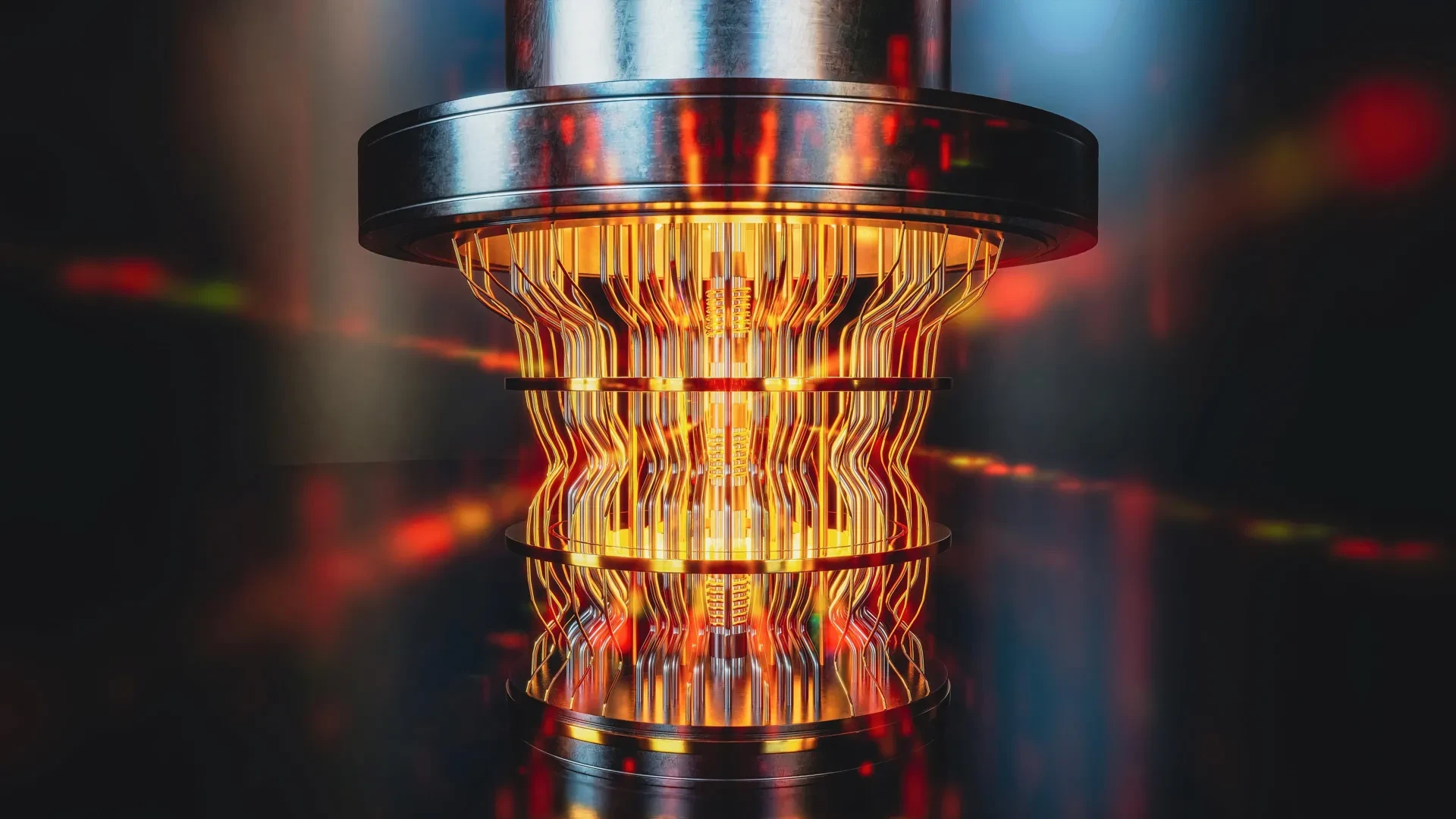An international team has confirmed authentic quantum mechanics in a 73-qubit processor using Bell's test, setting a new benchmark for quantum computing.

October 7, 2025

Source:
ScienceDaily
Landmark Experiment Confirms Quantum Reality at Scale
An international team of physicists has provided the most powerful proof to date that large-scale quantum computers are genuinely quantum. By applying a foundational test to a 73-qubit processor, the researchers demonstrated quantum correlations that cannot be explained by classical physics, as detailed in their Physical Review X publication.
This experiment effectively serves as a quantum lie detector, confirming the authentic nature of today's advanced quantum hardware.
Passing the Ultimate Test
The experiment centers on Bell’s test, a famous method developed to distinguish between the predictions of quantum mechanics and classical physics. Researchers have now scaled this test to a size previously thought unreachable.
Instead of measuring all correlations directly, the team measured the system's energy. The results were staggering: the measured energy levels were 48 standard deviations below the classical limit. This statistical margin is immense, ruling out a classical explanation with near-absolute certainty.
Keep up with the story. Subscribe to the PR+ free daily newsletter

Source:
http://Phys.org
Significance of the Quantum Verification
This achievement goes beyond simply verifying a large number of qubits. The study confirmed deep, collective quantum behavior that is essential for the future of quantum technology.
Genuine Multipartite Entanglement
A key finding was the certification of genuine multipartite Bell correlations across as many as 24 qubits. This is a much stricter test of "quantumness" than standard entanglement. It proves that the qubits are all interconnected in a complex web that cannot be broken down into simpler, paired-off groups. The technical details of this approach are available in the team's arXiv preprint.
Implications for Quantum Technology
The results have profound implications for the entire field of quantum computing:
Authenticating Quantum Computers: It confirms that complex quantum processors behave as quantum theory predicts, and are not just sophisticated classical machines in disguise.
Bolstering Security: Certifying this quantum nonlocality is fundamental for developing secure quantum communication and cryptography protocols that are impossible to crack with classical methods.
Enhancing Algorithms: This validation underpins the development of more powerful quantum algorithms, which rely on these uniquely quantum correlations to achieve their speedups.
Read More

Source:
Quantum Journal
Share this news:




















